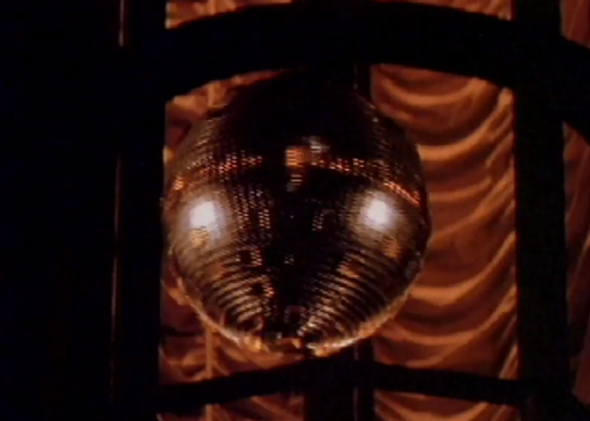In the run-up to the much-anticipated broadcast of The Normal Heart, Ryan Murphy’s adaptation of the 1985 Larry Kramer play, on HBO this Sunday, Murphy has released a brief historical documentary called The Fight Continues. The three-and-a-half minute short is advertised as “explaining the events that led up to the AIDS crisis” and aims to examine “prejudice and homophobia—topics as relevant now as they were in 1981 when the AIDS crisis began in the U.S.”
The little film is no doubt well-intentioned—it’s undoubtedly true that many watching The Normal Heart this weekend will be too young to have lived through the AIDS epidemic it depicts and may not be aware of the historical milieu from which the crisis emerged. Likewise, the fight against HIV/AIDS does indeed continue, and the barrage of contemporary infection statistics that cap the short—e.g. 1.2 million Americans are living with HIV/AIDS; 1 out of 5 don’t know they are positive—represent an appropriate reality check. But I fear Murphy’s collage technique (and perhaps the limited run-time) has introduced a troubling narrative here: Watching the video, one gets the sense that the forever-maligned gay male “lifestyle”—specifically, the unique social and erotic nightlife culture that gays built together over the decades in urban enclaves across the United States—was the sole cause of the crisis. An attempt to educate becomes an exercise in blaming the victim.
The problem is that in the video Murphy unhelpfully conflates gay dance and bar culture with unsafe sex practices. The two can be related, but they are not intrinsically connected. While the film’s portrait of the pre-Stonewall world appropriately focuses on the medical and moral demagoguing of gays that defined the period, the post-liberation-into-AIDS segment weirdly spends more time on disco and porn scenes than it does on the atrocious and well-documented ways in which structural inequality, lack of family support, government hostility, and societal indifference—on the left as much as the right—allowed an outbreak to mushroom into a holocaust.
This is not to say that unsafe sex didn’t contribute to and greatly exacerbate the epidemic—of course it did. But to represent that aspect of the issue with images of men dancing and celebrating their queer kinship is to condemn not only irresponsible bare-backing, but also some of the very cultural activities that define what it means to be gay for many of us. It’s hard not to read the film as a self-righteous scold when, underscored by a news clip intoning “the homosexual, bitterly aware of his rejection, goes underground,” a disco ball rather crassly transforms into an animated HIV cell.
In fact, that disco ball was surely the very thing that gave many men—some harboring HIV cells, others not—the modicum of happiness that made their lives worth living in the midst of a world that was more than happy to force them underground. Maybe you judge that an impoverished way of being, but it’s something, and to imply that gay dance culture was (or is) inherently “bad” by intercutting it with images of death and infection is to offer a reading of history that is as simplistic in its analysis as it is disrespectful to those who lived it.
